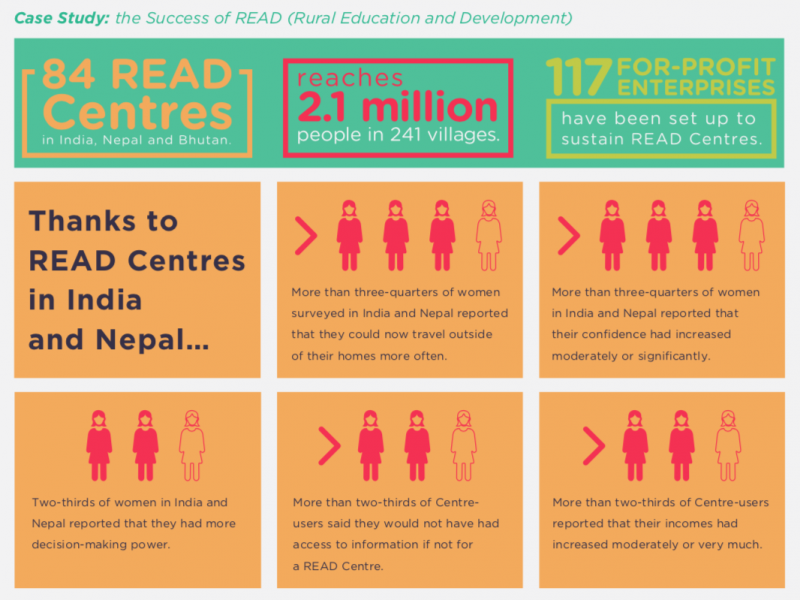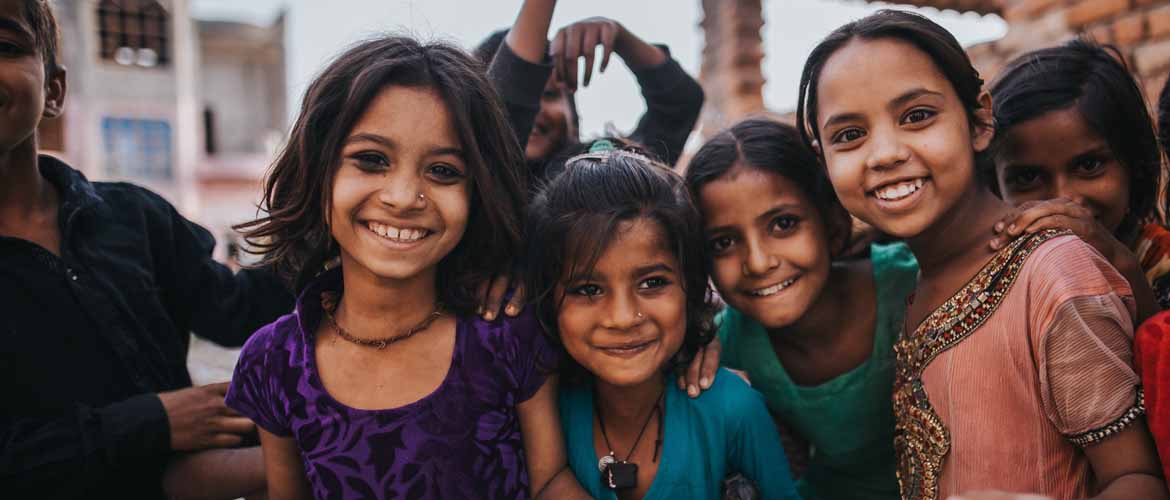Bringing free quality education to villages
Education is the right of every human being but millions are deprived of it due to conflict and poverty. As a result, the income and literacy gap between urban and rural areas has grown increasingly wider. A key solution towards narrowing this gap is to bring free, quality education to villages. This topic was addressed during a masterclass session at the 11th WIEF in Kuala Lumpur.
While the public education model has its limitations in reaching rural and remote communities, several non-government initiatives in developing countries have shown that collaboration between civil society and the private sector can help cover the last mile. Empowering rural communities is critical in eliminating poverty. The answer lies in education— formal and informal, from early childhood through to adulthood — which can improve the lives of rural communities and lift them out of poverty.
The United Nations’ 2030 Agenda for Sustainable Development determined that education was a key goal and had the objective of ensuring ‘inclusive and equitable education and promoting lifelong learning opportunities for all.’
Among rural communities, girls and women are often at the greatest disadvantage as they are culturally discriminated against in terms of access to education. Without education, rural communities have little hope of participating and competing in a globalised, knowledge-based economy; for not only do they lack basic literacy skills, they are also left behind in terms of ICT.
Infrastructure that meets rural needs
The challenge in delivering education to rural communities lies in ensuring that infrastructure meets community needs. Rural Education and Development (READ) and MyMobileUniversity are two organisations that leverage on technology to enhance learning opportunities for rural communities.
Digital technology can overcome many physical hurdles that rural communities face, such as logistics and travel costs to learning centres located in city centres. Internet access must also be free so that the information is equally accessible to everyone. Online learning can address problems such as the lack of space and teaching resources, which pose challenges to rapidly growing populations in countries such as India where it is estimated that there will be 125 million youths in the next decade.
READ, which has built 84 Community Library and Resource Centres in Nepal, India and Bhutan, also ensures that women and children have separate, safe spaces in their centres. A separate space gives women privacy and the confidence to learn. Women are also more likely to attend and participate in programmes if they know that their children have a safe learning space as well.
Providing relevant content
Education for rural communities must be relevant to their needs. While teaching basic literacy is important, content should also reflect the different roles that rural folk play in their communities.
Teaching rural communities livelihood skills such as farming, animal husbandry, making handicrafts and using ICT will help them expand their incomes and improve their lives. They should also be empowered with basic legal knowledge so that they are able to protect their rights and welfare, while other beneficial life-skills include personality development and learning how to work in office settings. Youths can benefit from learning language and IT skills that make them employable when they leave their villages.
For rural women, basic health education and opportunities for medical examinations can be offered at learning centres, which can also host support groups and help women form cooperatives, save money together and give one another loans for businesses.
The use of educational audio-visual materials can help enhance learning among those who are illiterate—and as they become literate, it is important that their reading materials address their daily needs so that they can experience how reading will help change their lives.
Commitment from the community
Educational initiatives for rural communities will be successful and sustainable only if there is commitment from the community itself. The READ centres use a community co-investment model under which the community contributes land and at least 10 per cent to 15 per cent of the total cost of setting up the centre. Thus, the community has ownership of the centre from inception and is trained to manage it.
Members of the community, especially women, are encouraged to volunteer in running the centre, which prepares them to take on leadership roles and manage the centre on their own, while train-the-trainer programmes teach local community members and leaders to manage the centre and its educational programmes indefinitely.
READ also pairs each of its centres with a for-profit sustaining enterprise, such as an agricultural cooperative, community radio station, tractor rental business or an ambulance service, which generates income to fund the centre and gives the community an even greater sense of ownership.

Public-private partnership
A collaborative model is the best way to ensure the success of rural outreach initiatives. Government agencies, the private sector, village communities and NGO leaders can play different roles to enhance educational initiatives.
NGOs that run learning centres can provide a platform for government programmes to have greater impact while private-sector collaboration is crucial in providing support through funding and infrastructure. Finally, collaboration with academia completes the circle: through distance learning partnerships with formal online programmes, rural education initiatives can enable communities to obtain certificates or university degrees.
___________________
This is based on a panel discussion from the 11th WIEF in Kuala Lumpur 2015.
Photo Credit: Thomas young on unsplash





